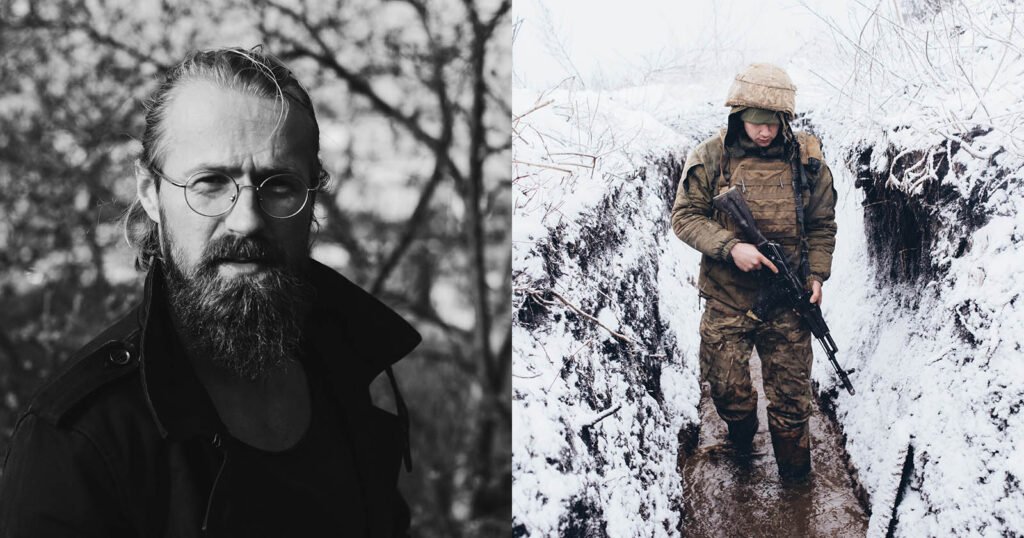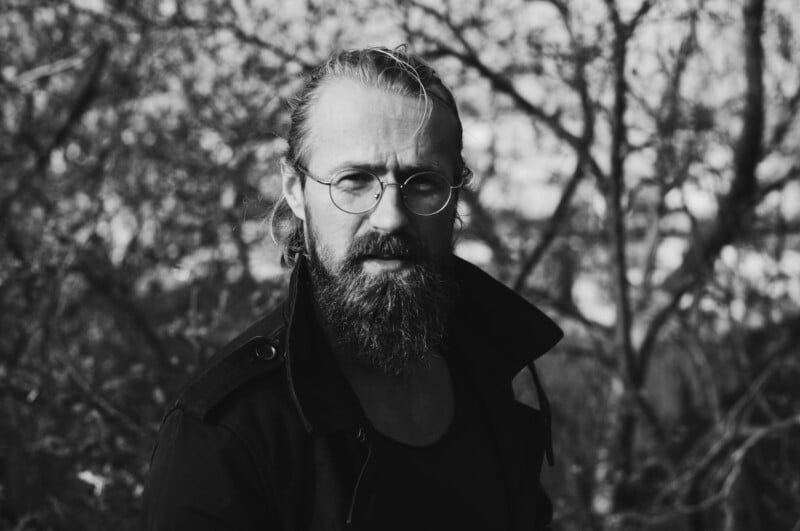
Maxim Dondyuk (born 1983 in Ukraine) is a distinguished photographer and artist honored with the W. Eugene Smith Grant. He adopts a research-based approach, intertwining field research, historical exploration, and personal insights through photography, video, text, and archival content.
His primary themes revolve around history, memory, and conflict, along with their lasting influence. His latest projects investigate the implications of war and nuclear power on human perception.
His work has garnered global recognition, receiving notable awards such as the 2022 W. Eugene Smith Grant in Humanistic Photography, the title of International Photographer of the Year at the Lucie Awards, and he was also a finalist for the Prix Pictet Photography Prize.
His artworks have been displayed internationally in prestigious venues including the Musée d’Art Moderne in Paris, Somerset House in London, MAXXI National Museum of XXI Century Arts in Rome, the House of Lucie in Budapest, the International Red Cross and Red Crescent Museum in Geneva, and L’Arsenal in Bastia.
Warning: The images below include graphic content related to war. Viewer discretion is recommended.
Peter Levitan: Congratulations on winning the W. Eugene Smith Fund Grant for your work on the Ukraine-Russia conflict. Do you see a connection between your work and the documentary/editorial contributions of W. Eugene Smith? For instance, his series on Minamata Japan, which highlighted the human cost of mercury poisoning?
Maxim Dondyuk: Thank you for your kind words. I was awarded the grant back in 2022, and quite a bit has changed since then. I do feel a connection to Smith’s work, particularly regarding the challenges in finding publications willing to share difficult and uncomfortable stories. During the war, I put together a series that magazines declined to publish — one of them focused on a military hospital, deemed too shocking by editors.
Nowadays, the media landscape is dominated by breaking news. If a subject isn’t trending, it doesn’t capture interest. Making a living as a documentary photographer has become nearly impossible — the field is in decline. In this regard, I see a similarity with Eugene Smith: you work on vital, significant issues, but they aren’t well-received, making it hard to sustain yourself.
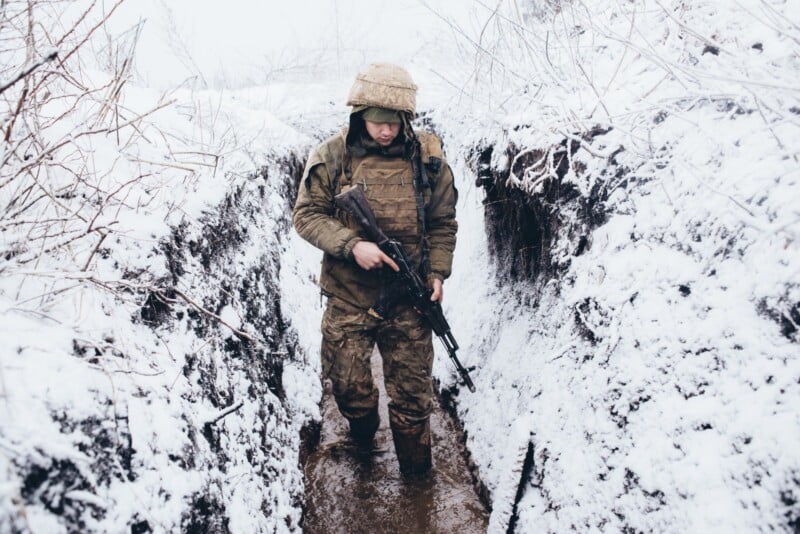
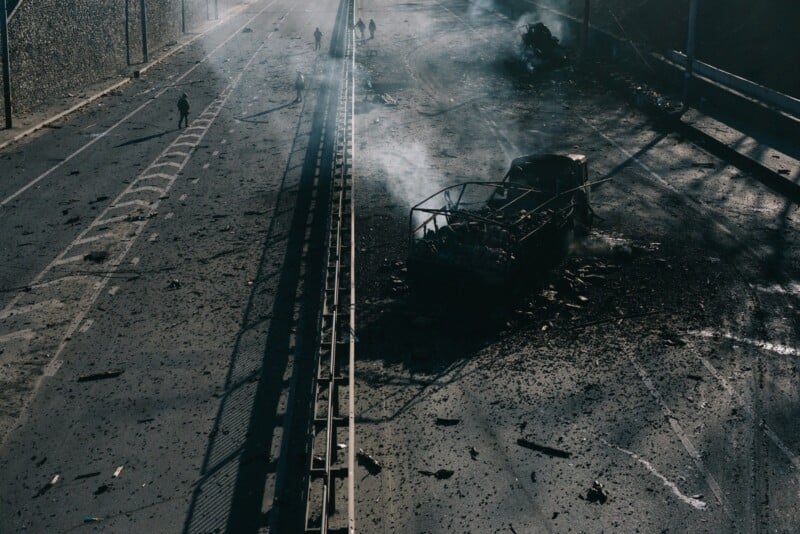
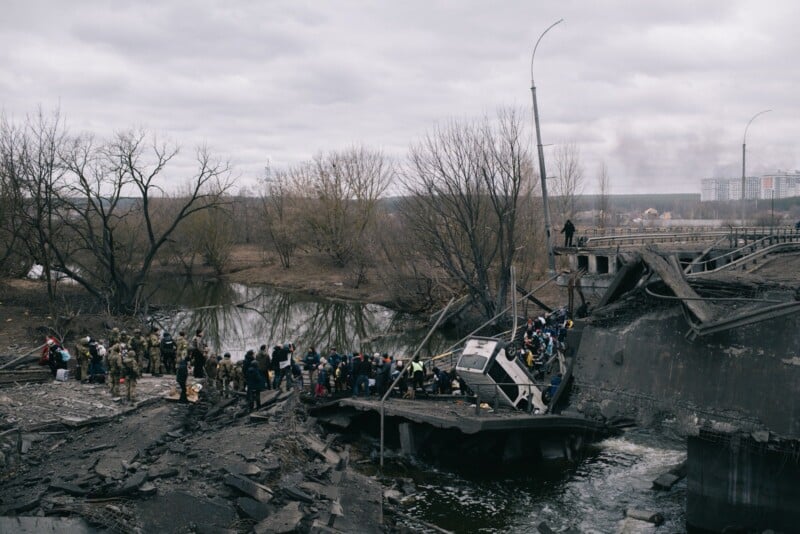
You captured images of people and locations in Ukraine during the initial eight years of the Ukraine-Russian conflict. What were your objectives as an editor?
I didn’t have any specific editorial objectives. Generally, I was taking photographs without any assignments; my focus was on documenting the war in my homeland. Occasionally, I collaborated with magazines, but that was quite rare. It’s a misconception that I operate like a traditional editorial photographer.
I intentionally chose to remain in my country to document the conflict between Ukraine and Russia. Occasionally, magazines contacted me due to my familiarity with the language, landscape, and local connections. However, I’m not that type of photographer who comes in for a short assignment and leaves. I did this because it’s my country.

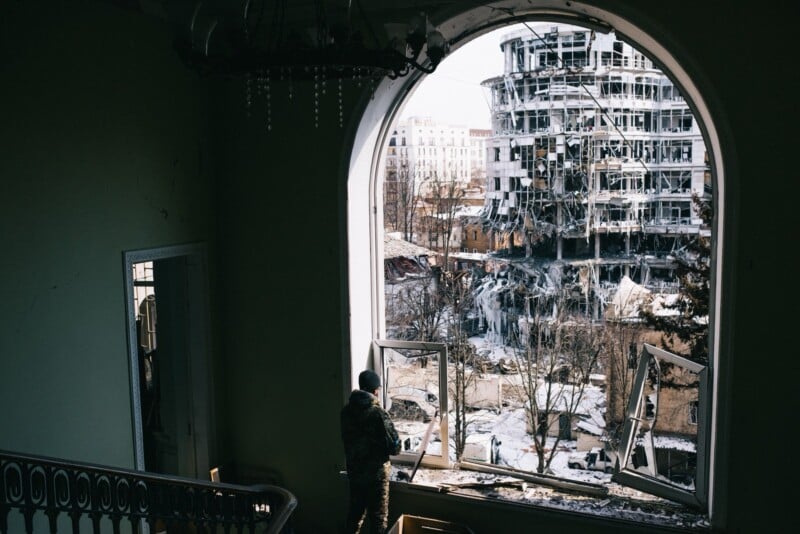

How did you gain access to the war zone and the cooperation of the fighters?
Since 2014, after the revolution and Crimea’s annexation, I have been actively documenting events — including the harrowing incident in Ilovaisk where the Ukrainian army was encircled. Over the years, I’ve established numerous connections, particularly with the military, which granted me access to various locations — not as a journalist, but as someone who has built trust since 2014. However, having access didn’t always mean I could publish what I captured. Often, I was permitted to photograph but asked not to disclose those images due to ethical considerations or safety issues. Therefore, not everything I recorded has been publicly shown or published in magazines.
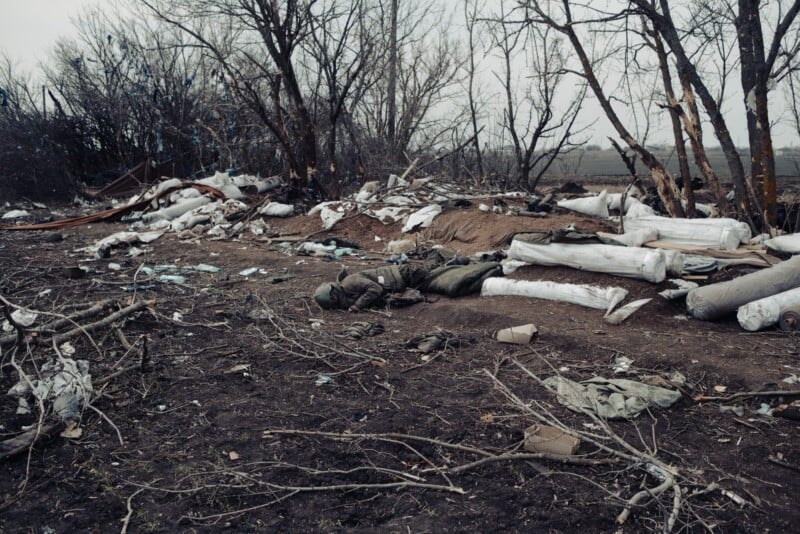
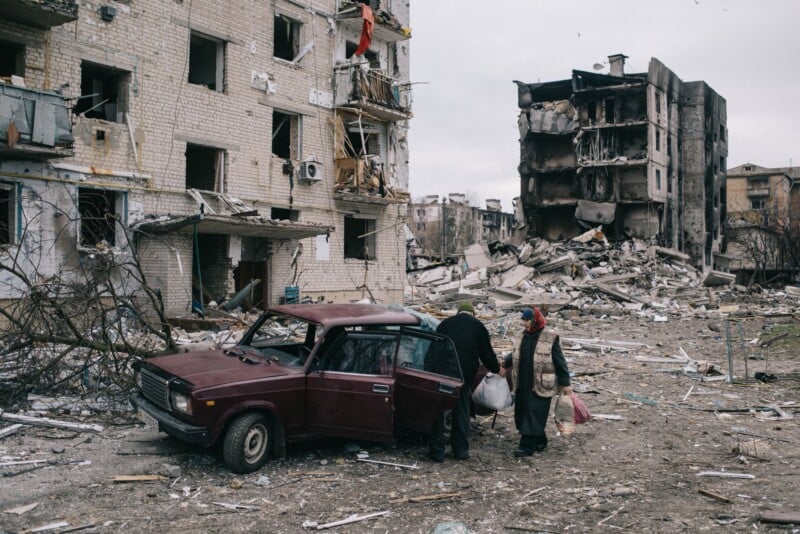
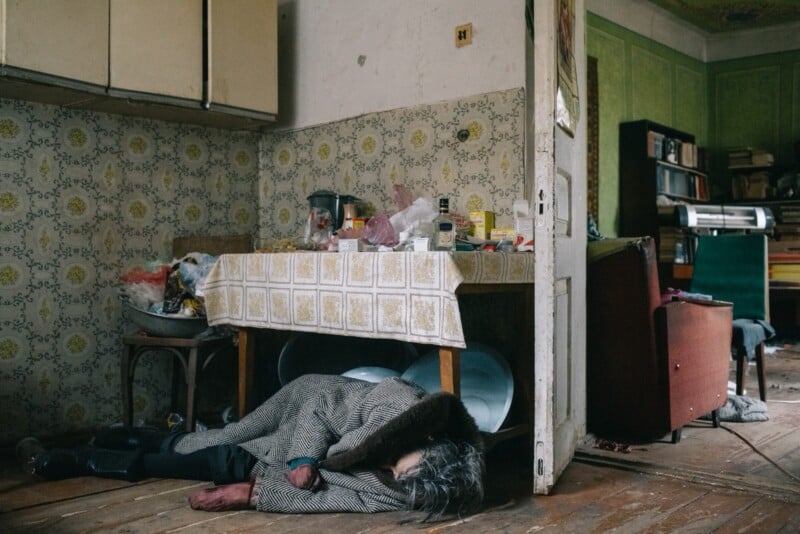
Has documenting a war in your own country affected you emotionally? How did you maintain objectivity in your observations?
The answer is straightforward: this situation transcends just photographing a conflict — it is about living through it. This is the war in my homeland. I have lost my hometown, and my parents have lost everything; they are now refugees in Europe. Similarly, I have lost much as well. I have been injured multiple times, and sadly, many friends have been killed, while others still fight on the frontlines. Half the country is drenched in blood. This is not a brief three-week job for an editorial firm. I don’t have a home any longer, nor does my family. Numerous acquaintances are left with nothing, and some have lost their loved ones. This experience has irrevocably changed me. Naturally, it has affected me — how could it not?
Regarding “objectivity” — I am skeptical of that notion. Objectivity implies a lack of connection, coldness, and indifference. How can one gaze upon a dying individual with indifference? In my photography, there is no objectivity — and I have consistently made this point clear. I embrace subjectivity, like every photographer or journalist, despite what they might claim otherwise. Each person carries their context, history, and feelings, all of which shape their perspectives and how they express what they witness. Claims of objectivity often come from those who maintain a sense of emotional void in their work — or from those hesitant to take a stance. But I clearly have a stance. This is my nation, my community, my sorrow. I am not merely a visitor in a distant war, in an unfamiliar country whose language I can’t speak.
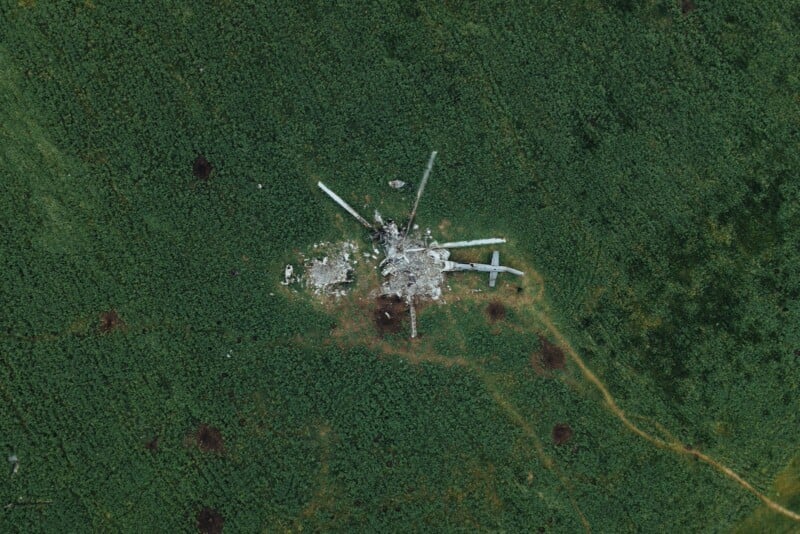
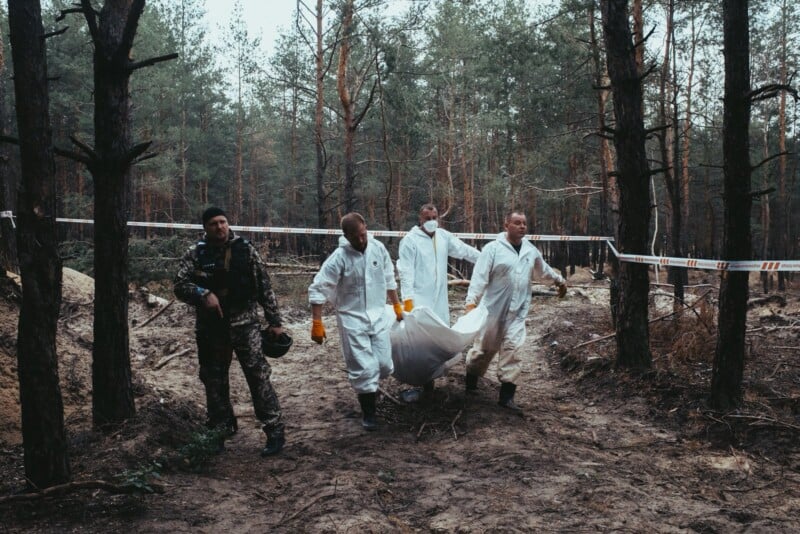
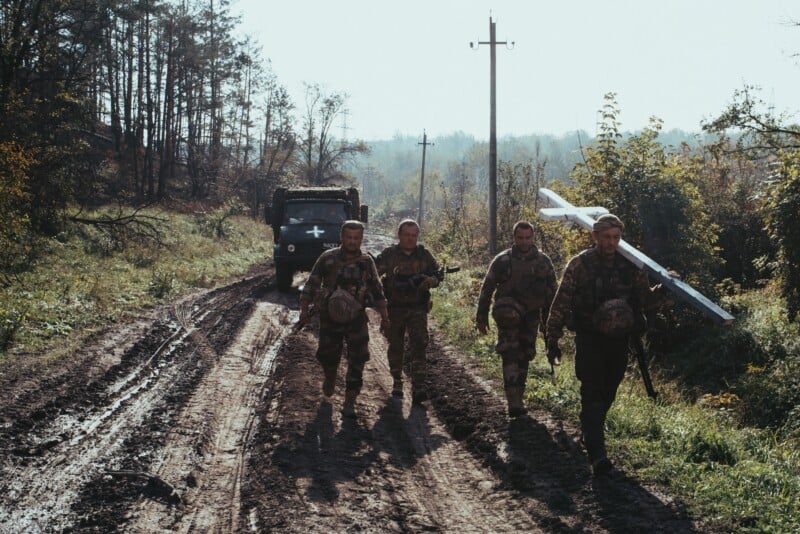
How do you share your photographs with your community and beyond?
I don’t focus on actively distributing my work — I see myself as a witness to history. I maintain a website, am in the process of creating a photo book, and arrange exhibitions. Occasionally, magazines may publish my photographs if they’re interested. However, about 90% of my collection remains unpublished. Many of these photos will likely be included in the book or displayed in exhibitions, and some are shared on Instagram for those who appreciate them. Mass distribution isn’t my goal. What matters most is telling the story. I don’t really engage with the internet; I don’t have personal social media accounts, and I don’t send my work to magazines. If a magazine wants to feature my work, they can contact me, but I don’t pitch it myself.
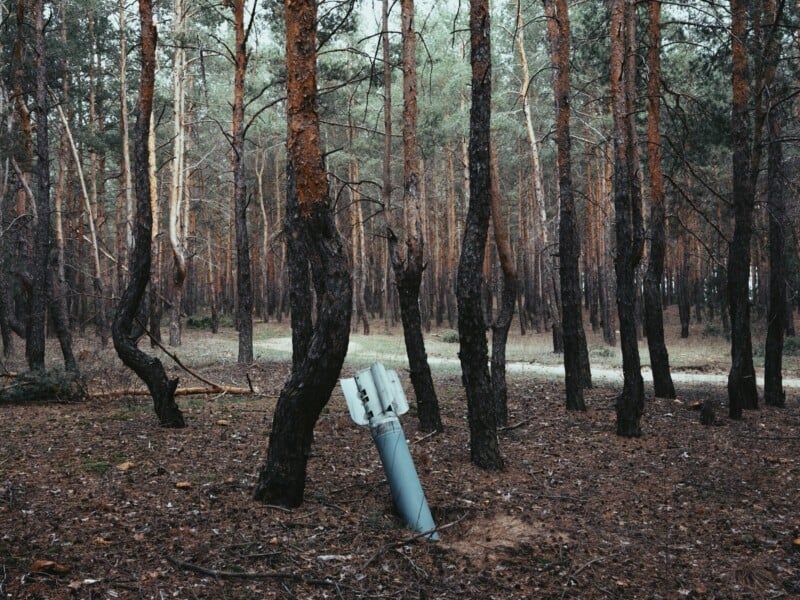

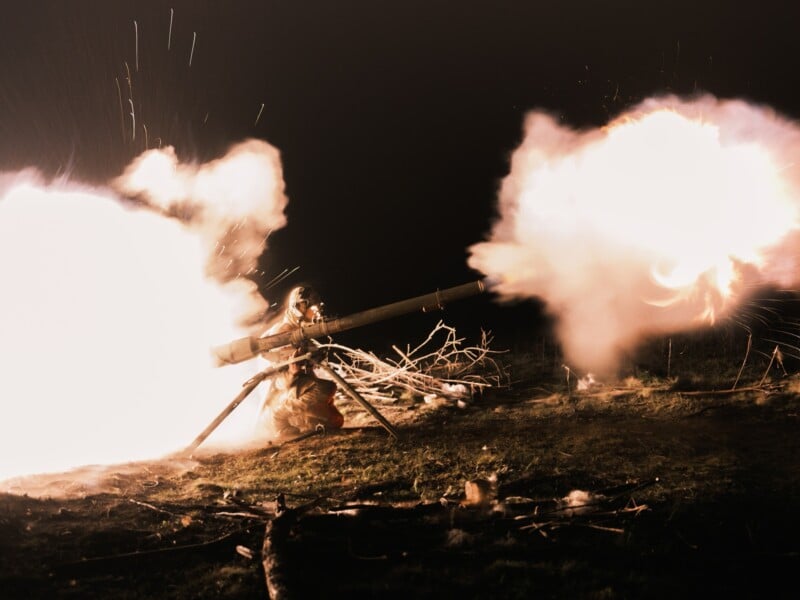
Can a conflict photographer visiting from another country truly capture the human impact and scale of the events in battle zones?
In my opinion, the answer is no. These photographers often can’t fully grasp or experience the pain involved. They might be unfamiliar with the language, the nuances of the situation, or the historical background. They may only stay for a few days or weeks before moving on to the next conflict, capturing striking images that win awards but ultimately lack depth.
What do these images communicate? They may show horror and sometimes despair, but they usually fail to capture the true feelings, atmosphere, or internal struggles. This isn’t necessarily because the photographers are unskilled; rather, it’s because they are outsiders. They come, experience a surge of excitement, and then leave, closer to what could be called war tourism.
I firmly believe that only local photographers can genuinely express the reality of a conflict and the profound tragedy involved. That’s why I have never traveled to capture wars in other nations and have no intention of doing so.
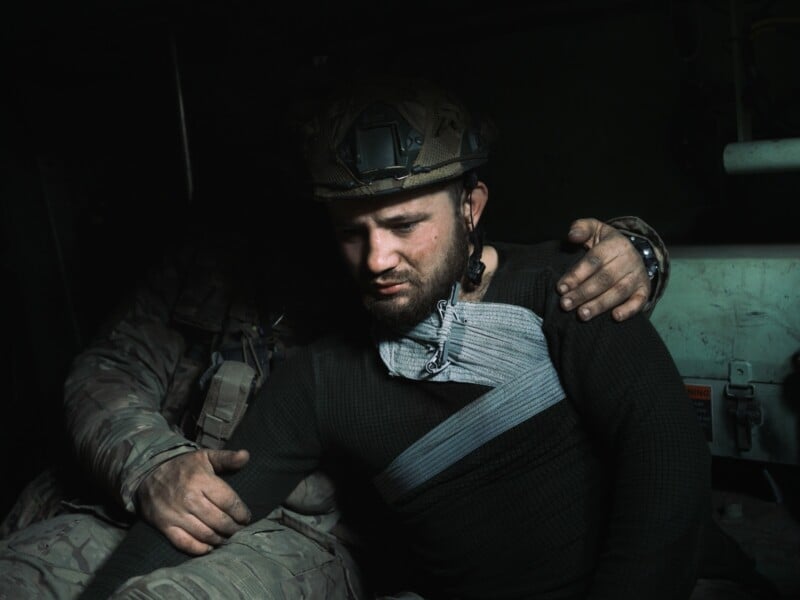
Location: Bakhmut area, March 2023.
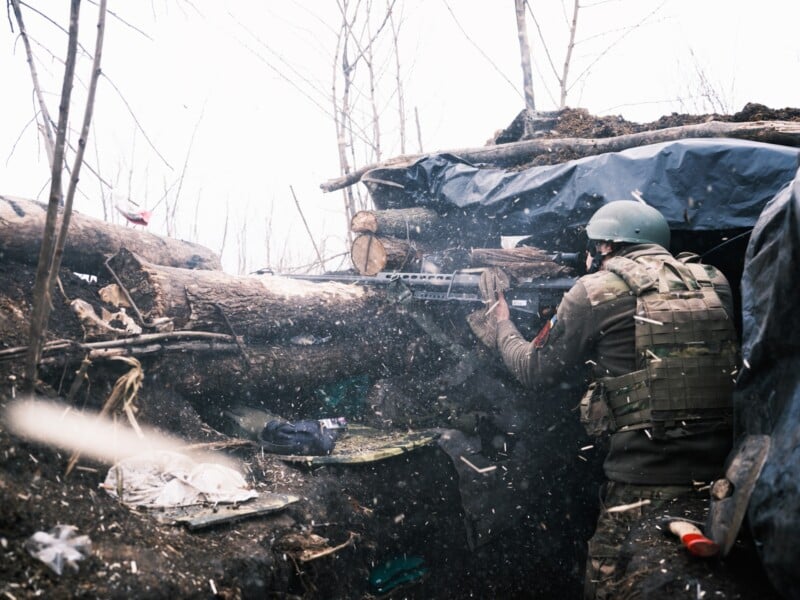
Location: Bakhmut area, March 2023.
Discover more of Maxim’s photography and connect with him through his website.
About the author: Peter Levitan began his journey as a photographer in San Francisco before shifting to a career in global advertising and internet startups. He captures portraits of individuals across the globe using a mobile studio, which serves as his reason to travel and meet new people.
About the author: All images, unless noted otherwise, are credited to Maxim Dondyuk.

